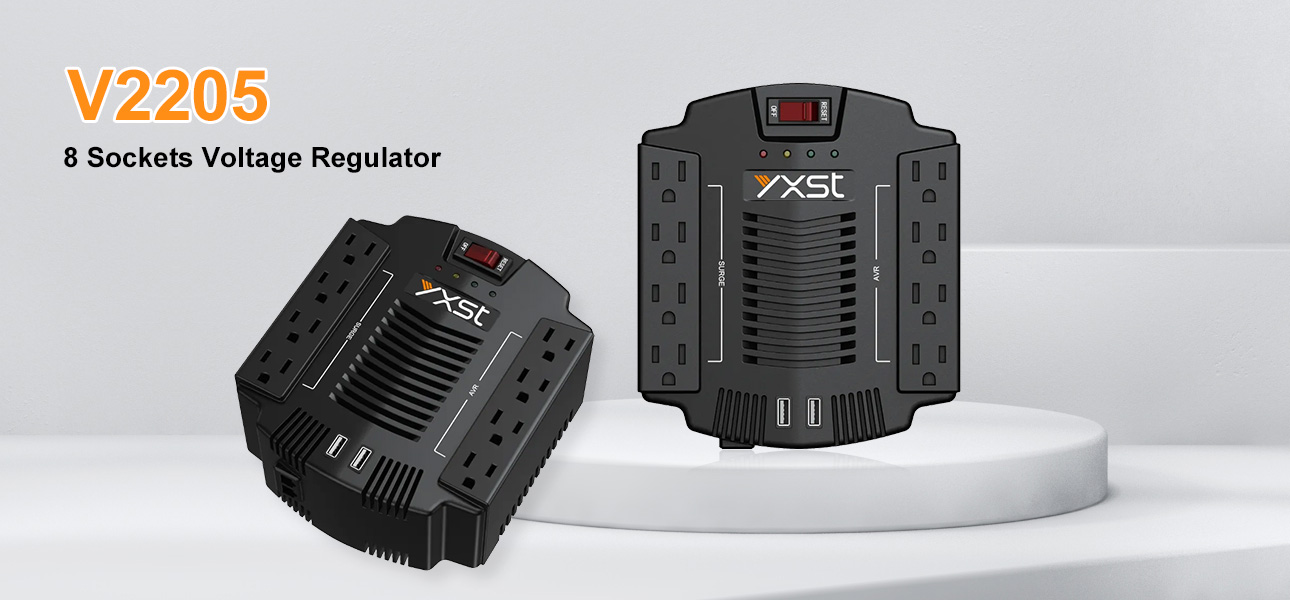Voltage is a very important electrical parameter. It affects the operating status of the equipment, affects the life of the equipment, and even brings major safety hazards. Some users have such a question, that is, is it better to use a household automatic voltage regulator or a booster when the voltage is low?
The premise is to know first, do you mean that the voltage is reduced when the household appliances are used, or is there a problem in the voltage system of the whole house?
Case 1: Reduced when the household appliances are used

In this case, a household automatic voltage regulator is a more suitable choice. It can help keep the voltage stable and protect the appliances from low voltage. The booster is ideal for boosting the overall voltage supply.
Case 2: The voltage system of the whole house
If the problem is in the voltage system of the whole house, the booster may be more suitable. It can increase the overall voltage level, while the voltage regulator is mainly used for adjusting voltage fluctuations.
Advantages and disadvantages of voltage regulators
A voltage regulator is a device used to convert unstable voltage into stable voltage. When the voltage is unstable, the voltage regulator can keep the output voltage stable through its adjustment circuit.

The advantage of using a voltage regulator is that it can provide a constant output voltage, which is very important for many devices. In addition, the voltage regulator can also provide a higher voltage accuracy, which can effectively reduce the impact of voltage fluctuations on the device.
However, the voltage regulator also has some disadvantages. First, the output voltage of the voltage regulator is constant in most cases and does not change, which means that the voltage regulator cannot provide a voltage increase. Secondly, if the input voltage is lower than the operating voltage range of the voltage regulator, the voltage regulator will not work properly.
Advantages and Disadvantages of Booster
A booster is a device used to convert low voltage to high voltage. It can adapt a low-voltage power adapter to a high-voltage power adapter.
The advantage of using a booster is that it can convert low voltage to high voltage, which is very useful for devices that require high voltage. In addition, the booster can also provide a higher voltage accuracy.
However, the booster also has some disadvantages. First, the booster will increase the power consumption of the device and make the device more vulnerable to damage. Second, the booster can only be applied to certain devices and cannot be widely used.
Choose a voltage regulator or a booster?
When the voltage is too low, how should we choose a voltage regulator or a booster to solve the problem? It depends on how low the voltage is.
If the voltage is within the working voltage range of the voltage regulator, then a voltage regulator can be used to solve the problem. If the voltage is lower than the working voltage range of the voltage regulator, then a booster can be used to solve the problem.
At the same time, we should note that using unstable voltage may cause some harm to the equipment. Unstable voltage can cause equipment to malfunction and affect the life of the equipment. Therefore, we should try to choose a stable voltage.
Summary:
When choosing a voltage regulator and a booster, you should judge based on the specific situation. If the input voltage is lower than the working voltage range of the voltage regulator, then use a booster. If the input voltage is within the working voltage range of the voltage regulator, then use a voltage regulator. At the same time, pay attention to choosing a stable voltage to ensure the safe operation of the equipment.




